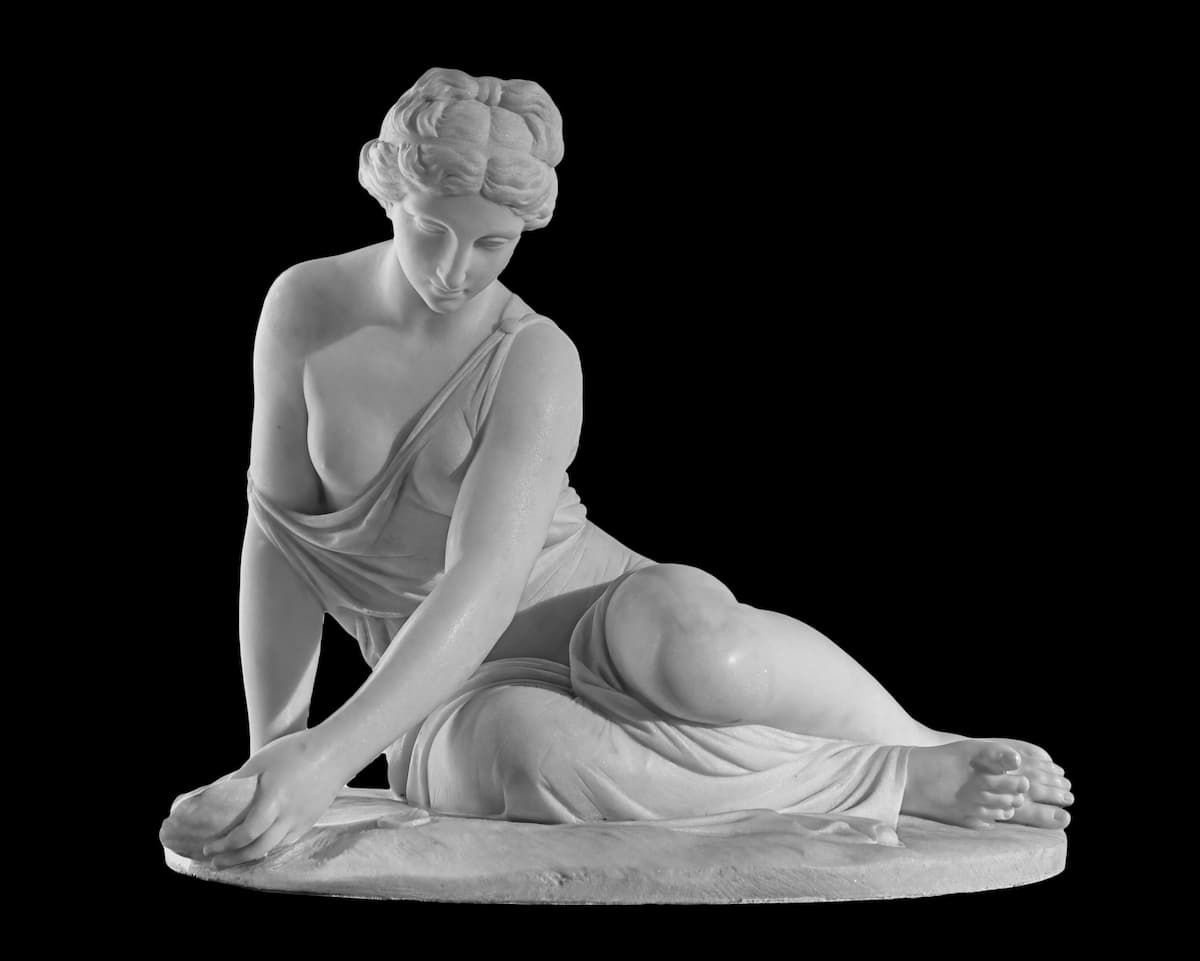
If you’re thinking of getting neck lift surgery, there are a few things you need to know. In this article, you’ll learn about what the surgery is, what to expect, and how to make your recovery as smooth as possible.
Age and gravity wreak havoc on our skin, particularly in the area under the chin. This area is especially prone to sagging and droopiness over time, leading to a prematurely aged appearance in some of us. The surgical solution to the tug of time is neck lift surgery, often performed with a face-lift.
What Is Neck Lift Surgery?
Those who are experiencing wrinkles and sagging skin in the neck area can benefit from neck lift surgery. This is a surgical procedure that involves removing excess skin and fat from the jawline and around the neck. Typically, a neck lift is done by making an incision beneath the chin or behind each ear. The incisions are hidden and are almost indistinguishable from the natural contours of the ears and hairline.
The surgery is usually completed in under two hours. Often, a neck lift is performed in conjunction with a facelift. After the initial surgery, you will be provided with complete post-operative instructions.
With a neck lift, Dr Sophie Ricketts can tighten the platysma muscle of the neck and smooth out the sagging skin. This procedure can give a younger appearance and make your face look more defined. Indeed, a neck lift will enhance the definition of your jaw and visually separate the neck and chin.
Some patients may experience numbness and swelling in their neck area after the surgery. During the first few days, they should avoid strenuous activity. Most patients can return to work within ten days after the surgery. They should avoid activities that require exertion for four to six weeks.
Preparing for Neck Lift Surgery
It is important to choose a surgeon you trust and feel comfortable with. Dr Sophie Ricketts will ensure that all of your questions are answered and that you are fully informed as to what to expect during your procedure. During your consultation, you will be asked questions about your medical history and cosmetic goals. Dr Ricketts will discuss your goals for your operation and offer suggestions on how to achieve your desired appearance.
Recovering from Neck Lift Surgery
During your neck lift recovery, you will need to follow the advice of Dr Ricketts regarding medication and physical activity. You will also have to take specific medication, particularly antibiotics, to reduce the risk of infection. During the first week after the surgery, you may experience mild redness and swelling around the incision sites. Pain medication can be taken to reduce discomfort. If the swelling persists, a facial support garment can help to reduce the swelling. The swelling will gradually subside over the next few weeks. The stitches are generally removed approximately eight days after the surgery.
Most patients can return to their normal daily activities within a week or two. However, a full recovery can take a few months. During this time, it is best to stay away from strenuous activity and heavy lifting.
The results from a neck lift will be noticeable in a few months. During this time, you can expect to experience mild to moderate swelling and bruising. Once the swelling has subsided, you will notice a newer, more youthful contour to your neck.
Risks Involved in Neck Lift Surgery
No surgery is risk-free. When undergoing any surgical procedure, it’s important to understand the potential problems that can arise. Neck lift surgery isn’t too risky. However, there are a few things to be aware of. Infection is always a concern in surgery, which is why it’s so important to stick to your antibiotic regimen following your operation. As with any surgery, there is a risk of scarring, although Dr Ricketts will endeavour to make this minimal.
How Can We Help?
Dr Sophie Ricketts is recognised by the Royal Australasian College of Surgeons as holding a FRACS (Plast) qualification, designating her as a specialist plastic and cosmetic surgeon. She is perfectly positioned to not only guide you through all the information around your procedure but also perform your surgery with expertise and professionalism.
To learn more about the procedures performed by Dr Ricketts, please have a look here.
To schedule a consultation, please call (03) 9828 1307 or drop us a line here.
